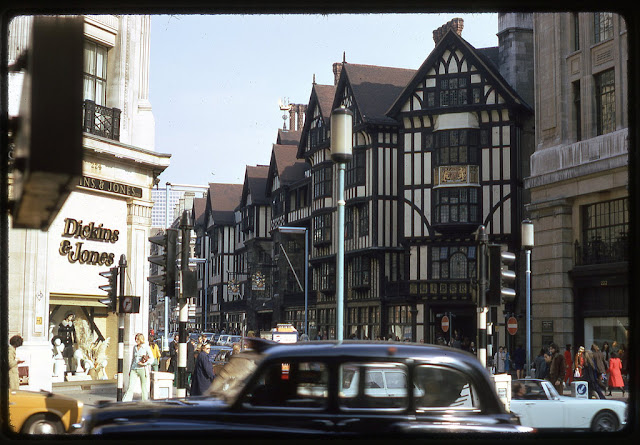Winston Churchill’s V for Victory sign is perhaps one the most iconic of the Second World War. Though it started with a simple radio broadcast, the symbol took Europe by storm and became a rallying emblem for those under occupation. 78 years on from VE Day, V stands for far more than Victory, it stands for solidarity, resistance and never giving up.

British Prime Minister Winston Churchill
It was the symbol that united the British people during the darkest days of World War II. Prime Minister Winston Churchill made the V for Victory hand gesture one of the defining images of defiance during the bloody conflict.
Today, the gesture is more commonly acknowledged as meaning “peace” but back in 1941 it was much more powerful. But even though the famous wartime symbol is now synonymous with Churchill, he wasn’t even the one who came up with it. The powerful sign was first dreamt up in Belgium a year before it swept across Europe and into Britain.
BBC European Intelligence Director, Jonathan Griffin, had come across an item in an agenda while working in Belgium. The item to be discussed was the V for Victory sign. V was the first letter in Victory not only in English, but also French and Flemish. It was thought it could easily be scribbled on walls, even in the dark, to show resistance. Griffin reported back to his boss, John Lawrence the European Services Organiser, who launched a BBC campaign for it to be adopted during the war.
Winston Churchill first used the V for Victory sign on July 19, 1941. However, while the sign should be made with the palm facing outwards, Churchill was often holding a cigar and could be seen making the gesture with his palm facing towards him. Being a member of the upper classes, initially Churchill was said to be unaware of its rude meaning. But even after one of his staff told him that making the sign with his palm facing inwards meant “up yours” - he still refused to stop using it that way.
Churchill’s private secretary, John Colville, wrote at the time in his private diaries: “The PM will give the V-sign with two fingers in spite of representations repeatedly made to him that this gesture has quite another significance.”
It meant that Britain’s PM could insult his German enemy every time he made the “up yours” sign at them – without them even realizing. The double meaning – V for Victory or “stick it up the Germans” became part of the national consciousness and stuck for the rest of the war.

British Prime Minister Winston Churchill

British Prime Minister Winston Churchill

British Prime Minister Winston Churchill

British Prime Minister Winston Churchill

British Prime Minister Winston Churchill

British Prime Minister Winston Churchill

British Prime Minister Winston Churchill

British Prime Minister Winston Churchill

British Prime Minister Winston Churchill

British Prime Minister Winston Churchill

British Prime Minister Winston Churchill

British Prime Minister Winston Churchill

British Prime Minister Winston Churchill

British Prime Minister Winston Churchill

British Prime Minister Winston Churchill

British Prime Minister Winston Churchill

British Prime Minister Winston Churchill



